Extraordinary stories at London’s Design Museum
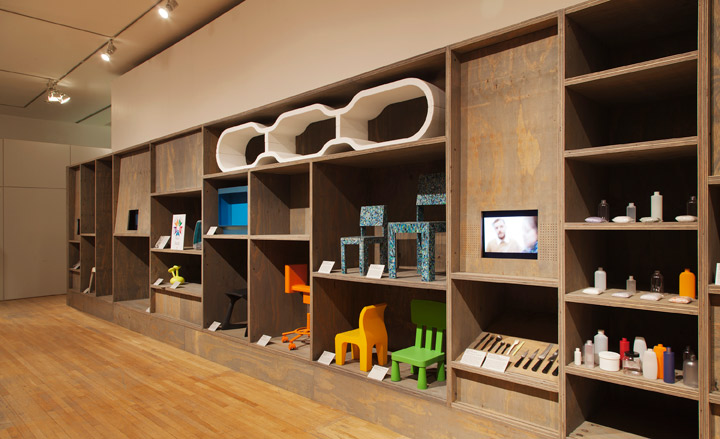
Launched this week at the Design Museum in London, the exhibition Extraordinary Stories About Ordinary Things proves that behind even the most prosaic of objects lies a fascinating tale.
From the telephone box to the Biro pen, the exhibition gathers a diverse selection of everyday objects taken from the museum's extensive archive of 20th century design.
'Design isn't the same as art,' Design Museum director Deyan Sudjic told as at the opening. 'Art in the gallery context is best left to speak for itself, whereas design needs to have the "why", the "how" and the "who" as part of the story.'
Housed in a grey-stained plywood display system designed by Gitta Gschwendtner, with graphics by Henrik Kubel, the objects - both famous and lesser-known - are organised into six key themes including plastics, national identity, fashion, modernism, collecting and an entire section dedicated to George Carwardine's iconic Anglepoise lamp.
Stories range from inventor James Dyson's struggle to find a producer for his revolutionary cyclone vacuum cleaner in the 1980s to the public's shock at the unveiling of modernist design icons such as Breuer's 'Cesca' armchair in the 1930s.
Another more recent but no less remarkable tale is the gifting of over 400 garments to the museum by trustee Lady Ritblat from her own wardrobe. The pieces tell a personal style story through the decades.
Most importantly, the exhibition provides us with a tantalising glimpse of what we can expect to see when the Museum moves to its new home on Kensington High Street in 2015. Renovated by British architect John Pawson, the former Commonwealth Institute's entire top floor will be dedicated to the museum's collection of over 3000 pieces of twentieth century design.
For those who cannot wait that long, the museum has launched an iPad Collection App that allows users to browse 59 objects from the collection including the Dyson vacuum, the Thonet chair mould, the British telephone box, the Vespa and more recently, the Kindle.
'Handlebar table' by Jasper Morrison, 1983
At the beginning of his career, British designer Jasper Morrison used the handlebars of a racing bike to lend his work a mass produced quality. The wood aluminium and glass components cost just £20 to buy and the tables sold for £100. Morrison comments: 'Looking back at it now, I would say the most relevant and important success of the design for my future development was the successful combination of the three materials.'
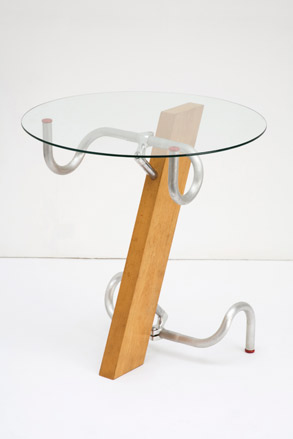
The Jim Nature Television by Phillipe Starck, Thompson Consumer Electronics for Saba, 1994
At a time when black plastic was predominant material for making casing for electrical goods, Philippe Starck opted to use a high-density chipboard for his Jim Nature television set; a provocative and environmentally friendly alternative.
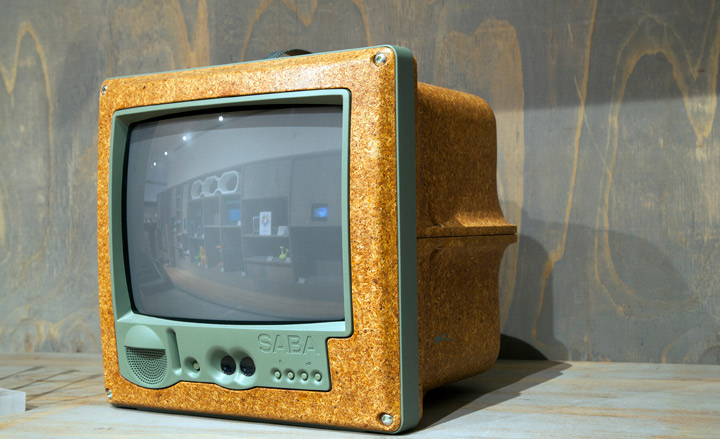
G-Force cyclonic vacuum cleaner by James Dyson, 1986
When he was unable to find support for his invention in the UK, James Dyson launched the G-Force, the first bag-less cyclonic vacuum cleaner, onto the market in Japan. In 1993 he used the money that he made from the G-Force to set up the Dyson Factory and Research Centre in Wiltshire, England and in the same year launched the DC01, which became the best-selling vacuum cleaner ever produced.
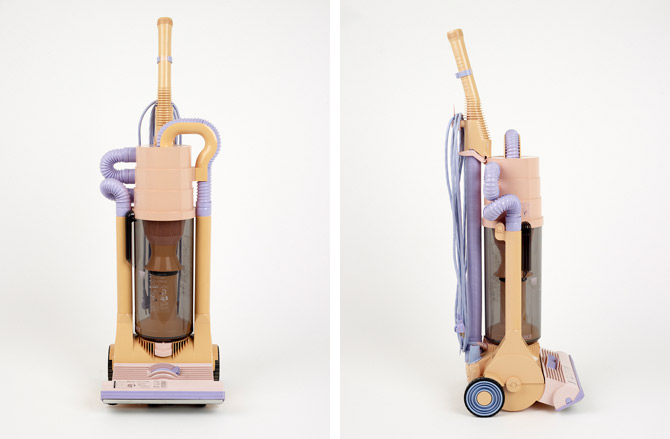
'Cesca' armchair and sidechair (model B32) by Marcel Breuer, 1928
It was the tubular steel frame of his Adler bicycle that first inspired influential modernist architect and designer Marcel Breuer to make tubular steel furniture. First came the B3, Wassily, chair and then the B33, B32 and B64. Dutch architect Mart Stam may have beaten Breuer to design the first cantilevered chair - one that was supported by a single base - but the latter's B32 design was stronger and more successful.
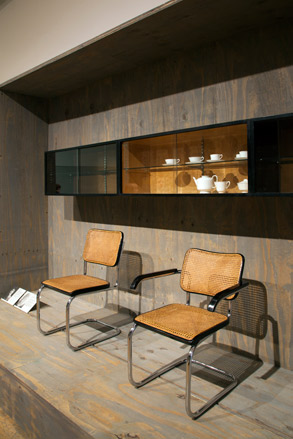
Valentine portable typewriter by Ettore Sottsass and Perry King for Olivetti, 1969
Described as 'the biro of typewriters', the bright red Valentine's lightweight and protective travelling case meant that the typewriter became a portable device that was no longer tethered to the office desk.
Wallpaper* Newsletter
Receive our daily digest of inspiration, escapism and design stories from around the world direct to your inbox.
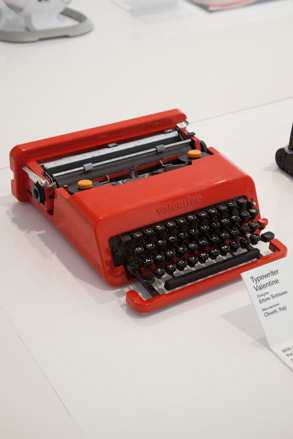
Road Sign by Jock Kinneir & Margaret Calvert
An often-overlooked piece of design, the British road sign typeface, named Transport, was designed by Margaret Clavert and Richard Jock Kinneir, and first used for the Preston By-pass in 1958. The duo later introduced the Rail Alphabet typeface for British Rail.
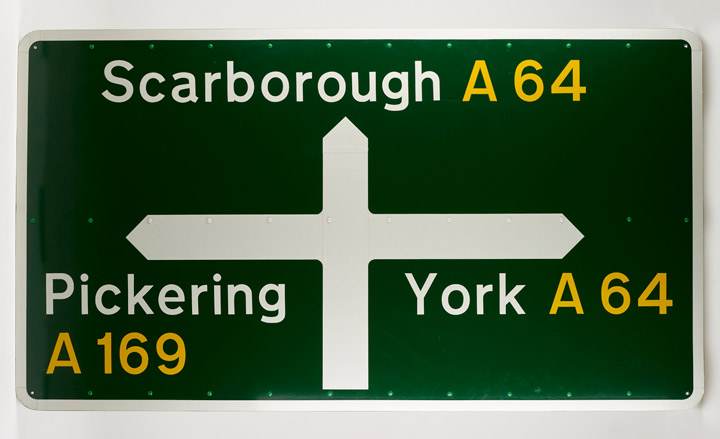
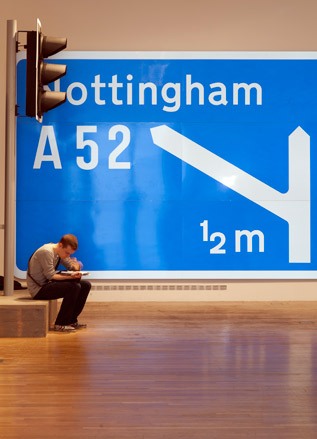
Anglepoise 1227 by George Carwardine, 1934
The domestic version of the Anglepoise lamp was designed two years after the introduction of the original industrial version. Carwardine realised the design's potential for illuminating desks and books and so modified the lamp with an Art Deco-inspired three tier base for the domestic setting.
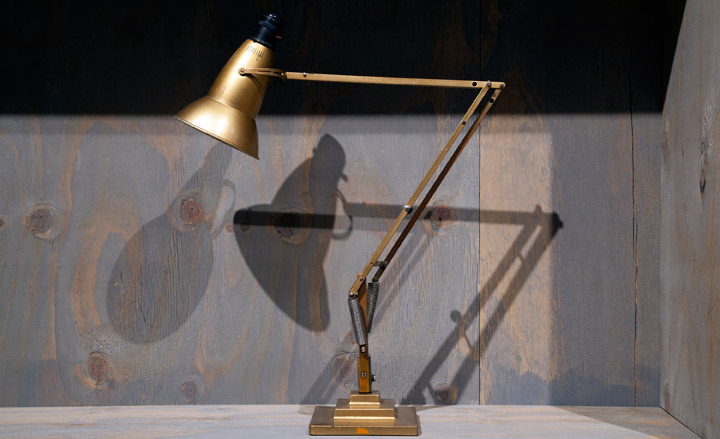
ADDRESS
Design Museum
28 Shad Thames
London SE1 2YD
Ali Morris is a UK-based editor, writer and creative consultant specialising in design, interiors and architecture. In her 16 years as a design writer, Ali has travelled the world, crafting articles about creative projects, products, places and people for titles such as Dezeen, Wallpaper* and Kinfolk.
-
 All-In is the Paris-based label making full-force fashion for main character dressing
All-In is the Paris-based label making full-force fashion for main character dressingPart of our monthly Uprising series, Wallpaper* meets Benjamin Barron and Bror August Vestbø of All-In, the LVMH Prize-nominated label which bases its collections on a riotous cast of characters – real and imagined
By Orla Brennan
-
 Maserati joins forces with Giorgetti for a turbo-charged relationship
Maserati joins forces with Giorgetti for a turbo-charged relationshipAnnouncing their marriage during Milan Design Week, the brands unveiled a collection, a car and a long term commitment
By Hugo Macdonald
-
 Through an innovative new training program, Poltrona Frau aims to safeguard Italian craft
Through an innovative new training program, Poltrona Frau aims to safeguard Italian craftThe heritage furniture manufacturer is training a new generation of leather artisans
By Cristina Kiran Piotti
-
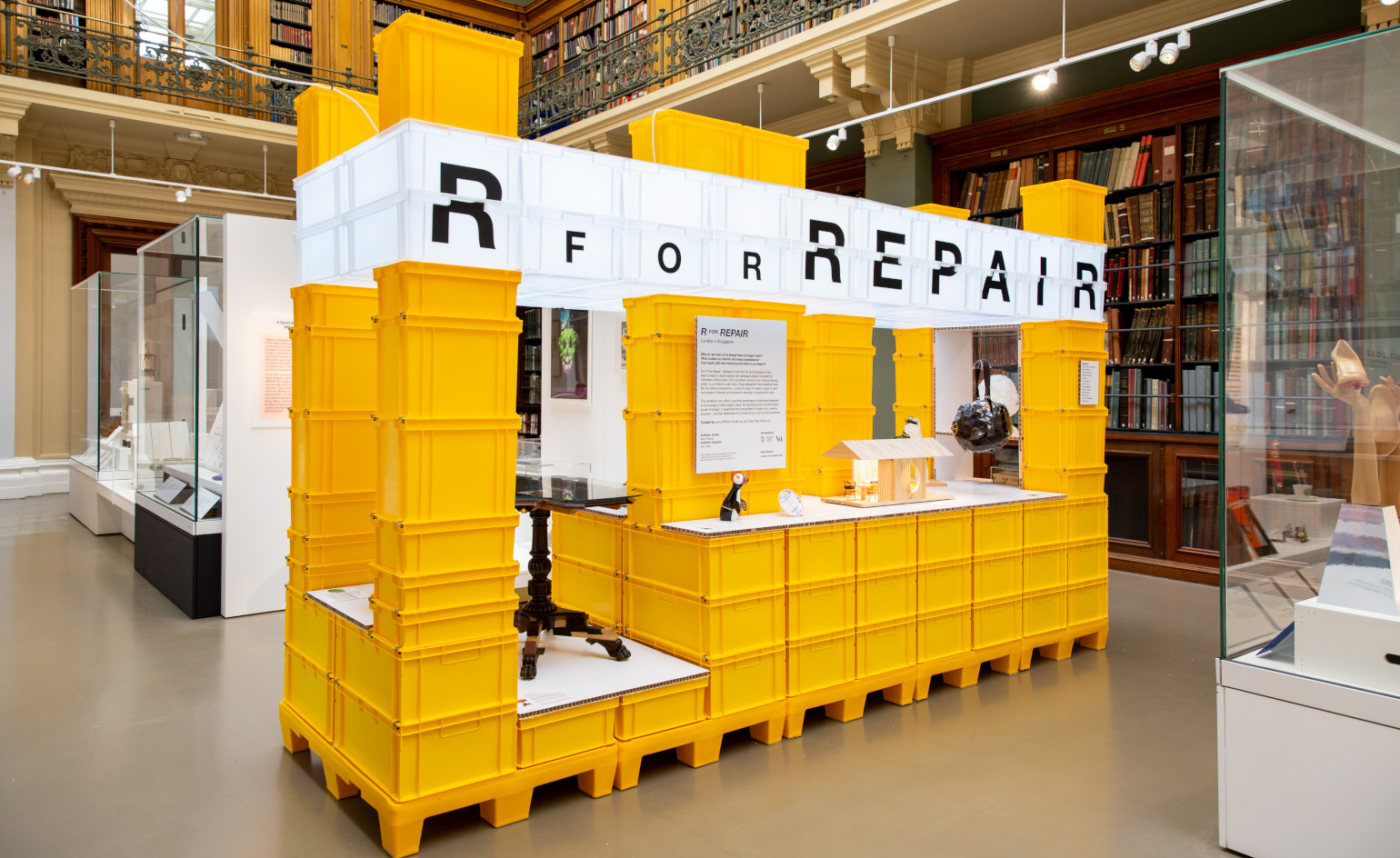 ‘R for Repair’ at London Design Festival displays broken objects, re-formed
‘R for Repair’ at London Design Festival displays broken objects, re-formedIn the second half of a two-part exhibition and as part of London Design Festival 2022, ‘R for Repair’ at the V&A displays broken objects, re-formed
By Martha Elliott
-
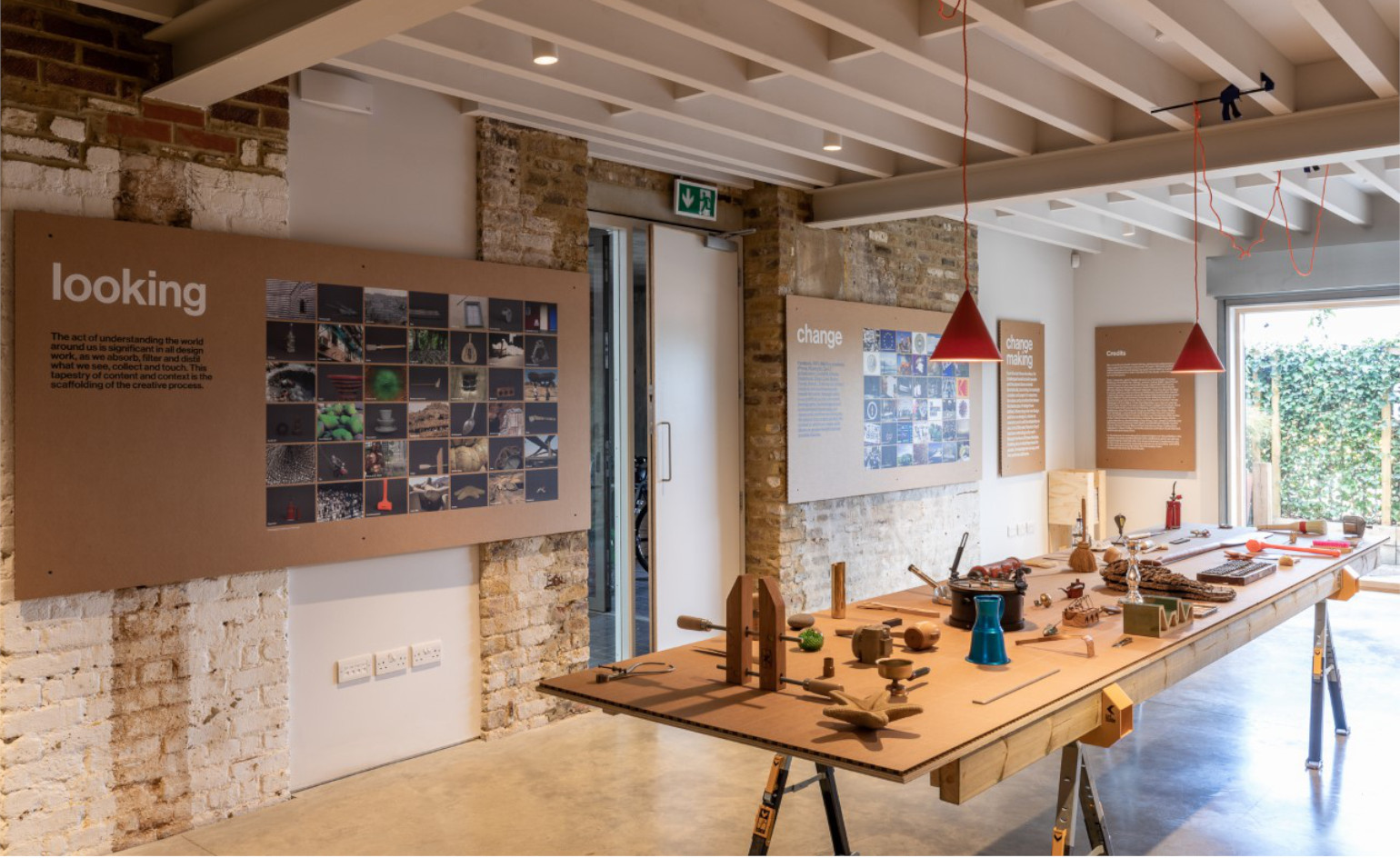 ‘Finding quality through the act of making’: Pearson Lloyd celebrates 25 years of design
‘Finding quality through the act of making’: Pearson Lloyd celebrates 25 years of designPearson Lloyd’s show ‘Change Making’ reflects on past designs from its archives, showcasing the influences on and evolution of the studio, from furniture design to the NHS
By Martha Elliott
-
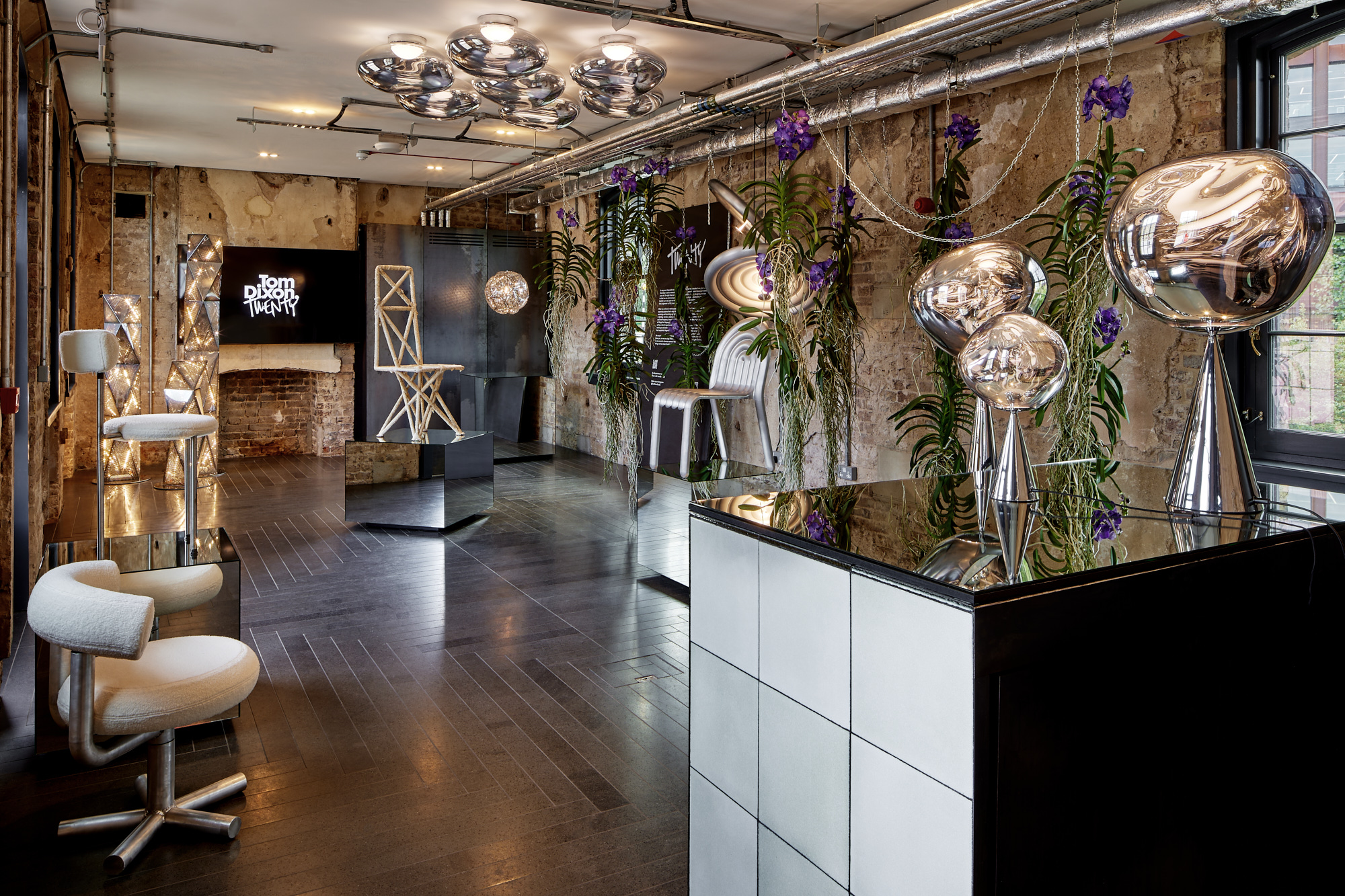 Tom Dixon marks his studio's 20 years with a show of design experiments
Tom Dixon marks his studio's 20 years with a show of design experimentsMushroom, cork, steel coral and more: Tom Dixon showcases an overview of his design experiments as he celebrates his practice's 20 years
By Rosa Bertoli
-
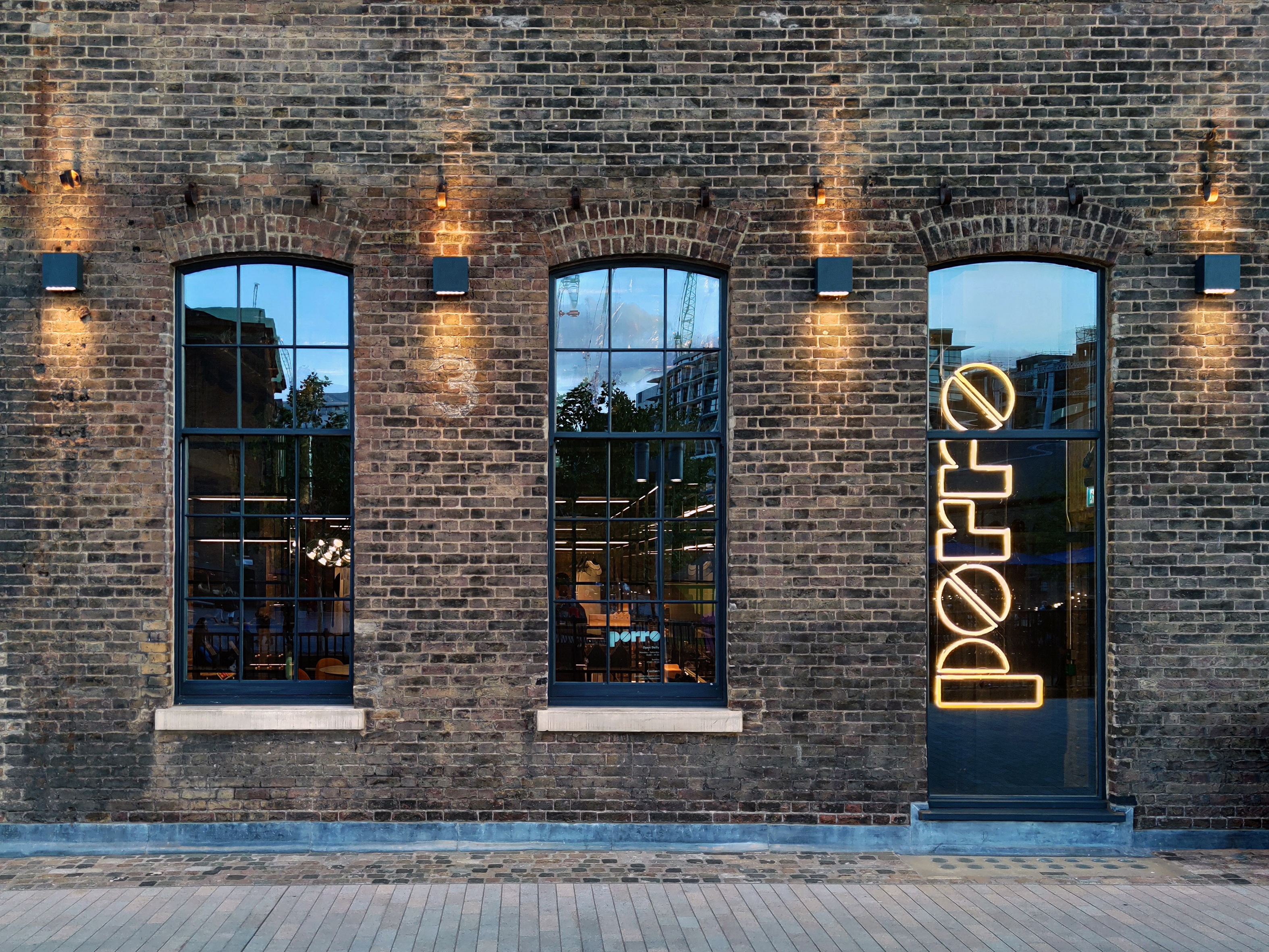 Porro unveils new London showroom at Coal Office
Porro unveils new London showroom at Coal OfficeLondon Design Festival 2022: industrial architecture meets pure geometries in the new Porro showroom, taking over a space within Tom Dixon’s Coal Office to showcase the brand’s systems and furniture
By Rosa Bertoli
-
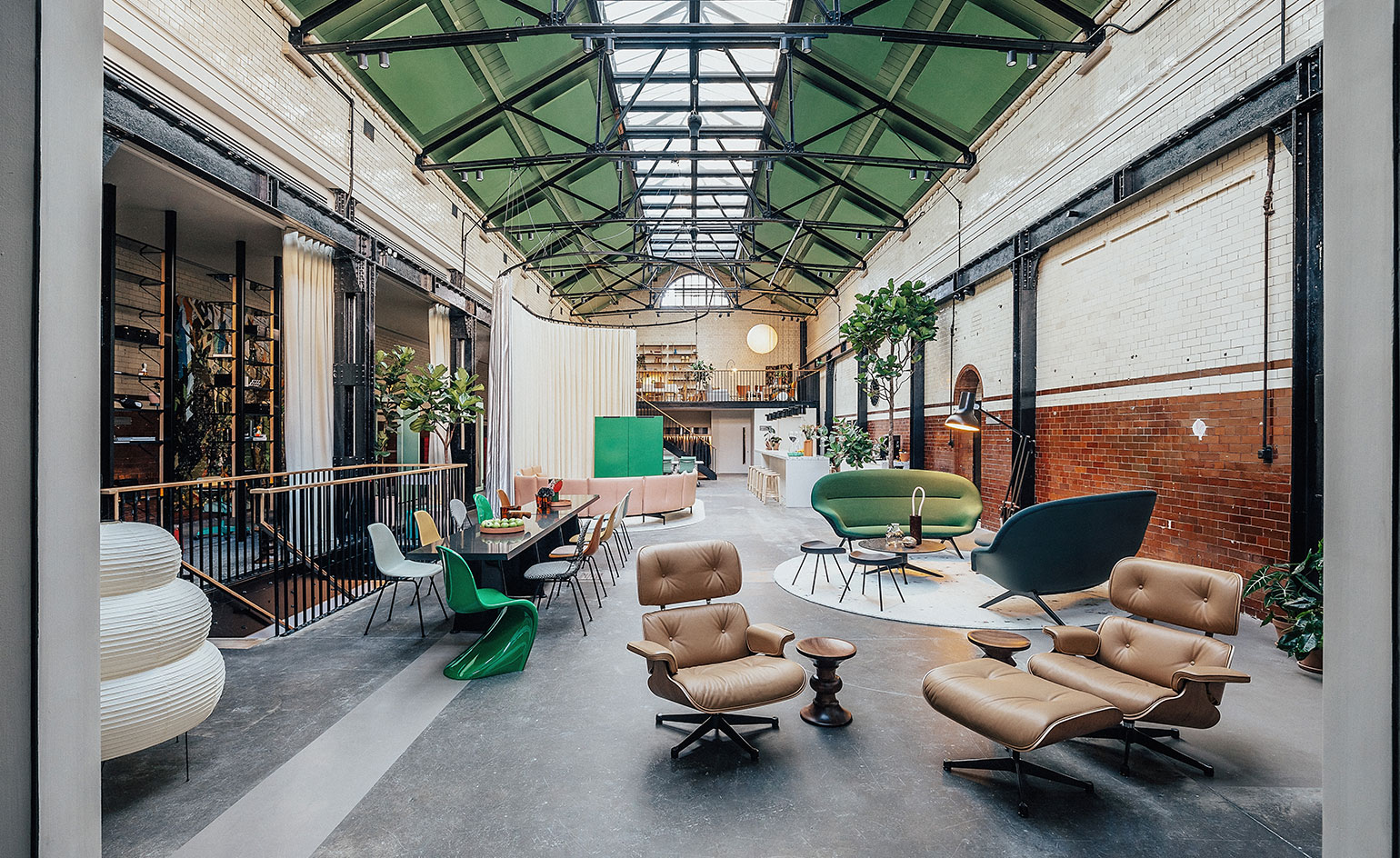 Vitra unveils new London home in the Tramshed, Shoreditch
Vitra unveils new London home in the Tramshed, ShoreditchLondon Design Festival 2022: after a year-long renovation, Vitra opens the door to its new showroom in the heart of Shoreditch
By Rosa Bertoli
-
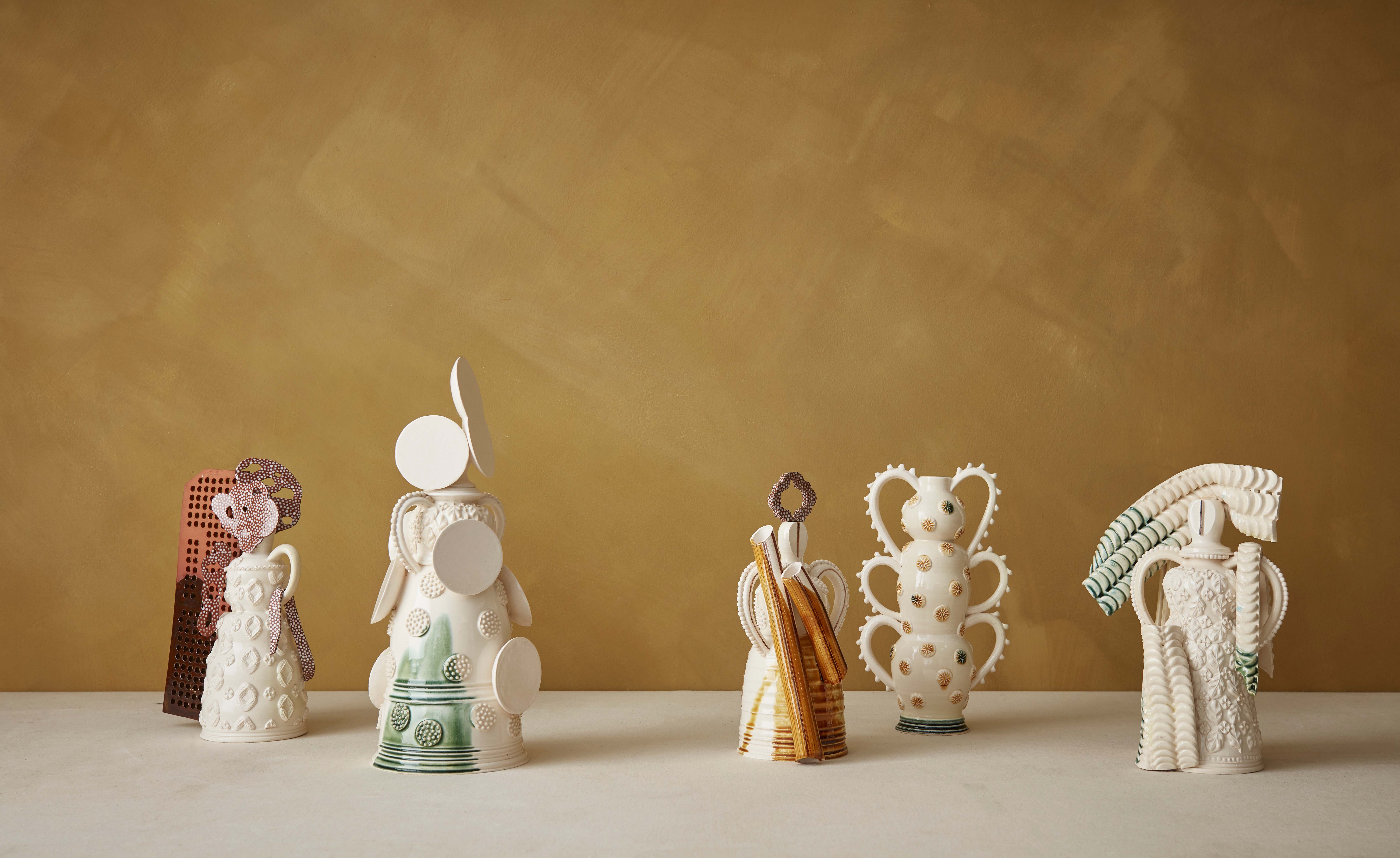 Mudlarking beside the River Thames inspires The New Craftsmen’s makers
Mudlarking beside the River Thames inspires The New Craftsmen’s makersLondon Design Festival 2022: The New Craftsmen’s new collection, ‘Claylarks’, features work from a group of creatives inspired by a River Thames mudlarking expedition
By Mary Cleary
-
 One tree, ten designers: SCP presents The One Tree Project at London Design Festival
One tree, ten designers: SCP presents The One Tree Project at London Design FestivalLondon Design Festival 2022: SCP enlisted ten British designers to create furniture and objects from a felled ash tree from founder Sheridan Coakley's Hampshire garden
By Francesca Perry
-
 London Design Medals 2022
London Design Medals 2022London Design Medals 2022 are awarded to costume designer Sandy Powell, architect Indy Johar, researcher Joycelyn Longdon and photographer Sir Don McCullin
By Rosa Bertoli